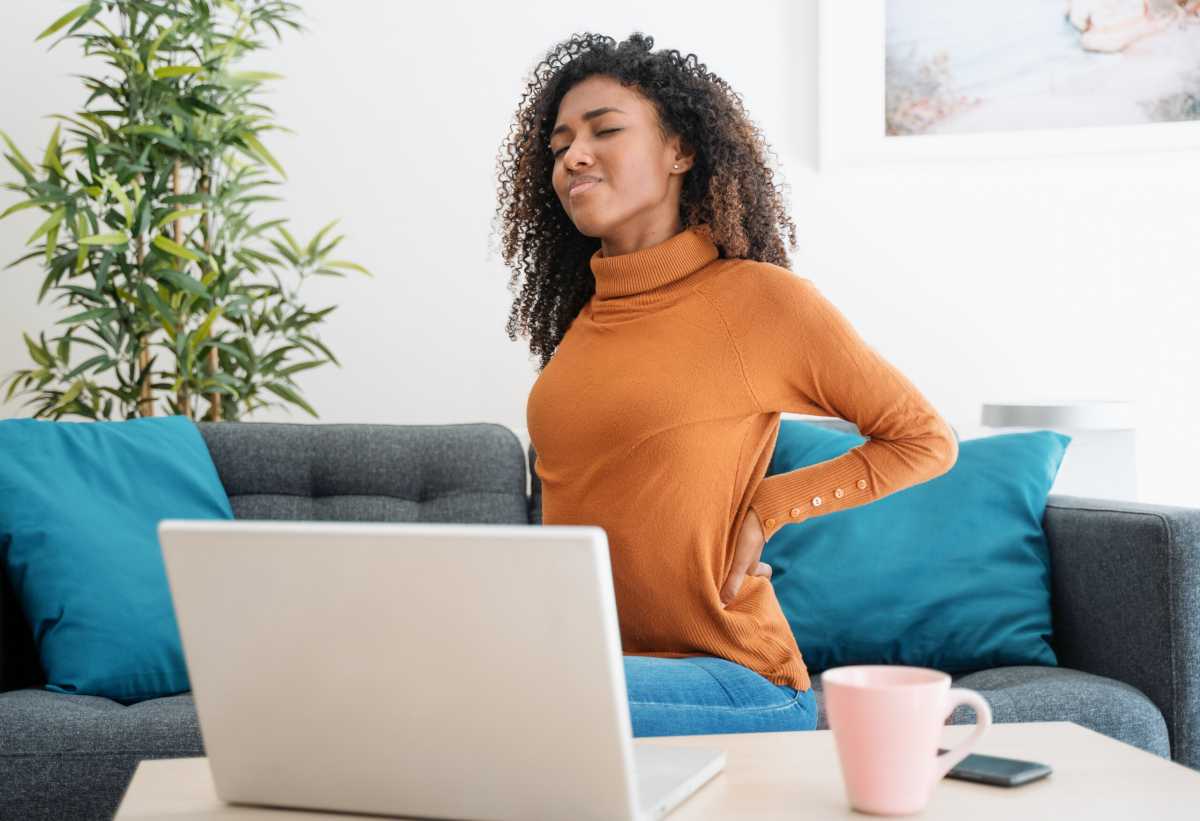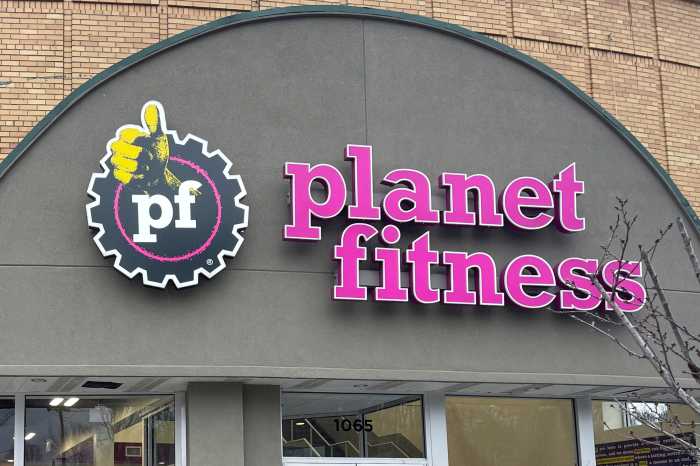
Back pain and neck pain are one of the leading causes of disability worldwide. It is a common symptom experienced by all age groups from children to the elderly at some point in their life. The cause for this spine pain is multifactorial and often difficult to identify a sole source of what we call ‘nociceptive’ stimulus or the pain generator. Low back pain is common in both people with physically demanding jobs and sedentary jobs. Overweight individuals and people with physical and mental comorbidities appear to be at increased risk. It is rare that back pain is a symptom of a severe problem such as fracture, infection, or malignancy. Fortunately, the majority of the first episode of back pain will improve but recurrence is common.
Try these ‘at home remedies’ first when you experience back pain before hitting the ER
An acute episode of severe low back pain is a common complaint in urgent care. Most patients will receive an anti-inflammatory and a muscle relaxant and will be advised to follow-up with their primary care physician or orthopedist.
Many people with back pain can avoid an ER visit by doing some ‘at home remedies’— I usually recommend placing an ice pack in the low back for 10 minutes and follow through with heating pad for another 20 minutes and repeat this process as often you need. Most of us have Advil or Aleve (an NSAID) at home. Unless your doctor has specifically told you that you should not take Aleve or Advil, take 1-2 tablets every 8 hours with food for 2-3 days.
Get on the floor on a yoga mat and do some gentle stretches including prone extensions and ‘cat’ and ‘camel’ stretches. For neck pain, do some ‘chin tucks’ every hour. If it does not improve in a few days, see your doctor. The reasons you should go to the ER would be weakness in the legs, numbness in the buttocks or perineum (your private parts), losing control of urine or bowel or fevers and chills with back pain. Fortunately, these are not as common.
I have ‘herniated discs’ – what does it mean?
The most common cause of frequent flare-ups of back pain is disc related. Degenerative disc disease (DDD) and arthritis is a process of ‘wear and tear’ and happens to all.
We frequently see patients get alarmed when they hear the term DDD or arthritis. DDD and arthritis should be viewed like ‘grey hair.’ If you prefer, you can view that as ‘salt and pepper’ that adds spice to an already tasty meal (life) and it is nothing to be afraid of. It is bound to happen- it happens early in some and for some people later in life. The nomenclature used to describe disc related problems on advanced imaging studies such as MRI is variable and depends on the radiologist’s training. Disc herniation could mean a disc bulge or a protrusion or an extruded disc material causing nerve root compression.
As spine specialists, we advise people not to be alarmed at the terms used to describe the disc problem but rather address the symptoms coming from it since they are all part of the degenerative process in the disc.
What can I do to prevent extreme back pain or neck pain from recurring?
Often the first episode of back pain should be your calling to start improving your core strength.
We all have challenges to find time to exercise during the working week. It takes time and consistent commitment. This is when you must think about it as an investment of time and money for your long-term spine health particularly if your goal is not to limit the functions that you enjoy including walking, playing with children, participation in sports or just not be in daily pain for which you need a medication.
Most people think of exercise as walking, running, jogging or hitting the gym for cardio work. While this is necessary for your overall goals of weight reduction and cardiac health and building endurance, it is particularly important to target the core muscles with specific stretching and strengthening exercises to prevent spine related pain. And, don’t be afraid to move- as the famous saying goes- ‘Motion is the Lotion’, ‘Use it or Lose it’.
What exercises do I need to prevent back pain?
The bottom line is ‘Core strengthening exercises’ which target not just your abdominal muscles but also pelvic floor, upper and lower body strengthening. Particularly for women, it is important to target the pelvic girdle muscles and pelvic floor muscles which form the ‘floor of the core’ to prevent back and pelvic pain. Evaluation by a physical therapist with spine training would be a good place to start to learn these exercises who can transition you to a home program.
If you want to be proactive and prevent an episode of back pain and want to start exercises on your own, your best investment of time and money would be to join an instructor led class that incorporates yoga, Pilates, upper and lower body strengthening using light weights and aerobic conditioning at a frequency of 45 minutes to an hour, 2-4 days per week. Barre workouts are particularly helpful for women of all ages that has a minimal impact on joints and less risk for injuries as there are several modifications for each exercise that can be adopted based on the individual fitness level. The key is ‘consistency’ and making it a ‘routine.’ These exercise classes can be expensive but that is when you think that this is money wisely spent so you do not have to end up spending valuable time and money on healthcare visits, co-pays, expensive work-up or surgery.
What is the ‘magic fix’ for back pain?
There is no quick or magic fix but consistently spending the time on core strengthening exercises is the long-term fix. If you can only do one exercise every day, hit the floor with a ‘plank’, perfect it each time and challenge it as you progress. Say ‘Yes you can’ and ‘Yes you should’.
Pic 1: Standing plank
Pic 2: Forearm plank
Pic 3: Full plank
Where to go if I’m ready to see a spine specialist?
If you’re looking to meet with a local spine specialist at Rothman Orthopaedics, visit the make an appointment page, and get back to being rid of the pain that is preventing you from doing what you specialize in.
Dr. Malathy Srinivasan is a physical medicine & rehabilitation specialist at Rothman Orthopaedics, providing non-operative spine and musculoskeletal care for patients of all ages and a particular interest in managing pelvic pain in women. Her treatment methods include exercise prescription, medication guidance, X-ray guided spinal and musculoskeletal injections as well as electrodiagnostic testing when appropriate. For more information, visit RothmanOrtho.com.


































